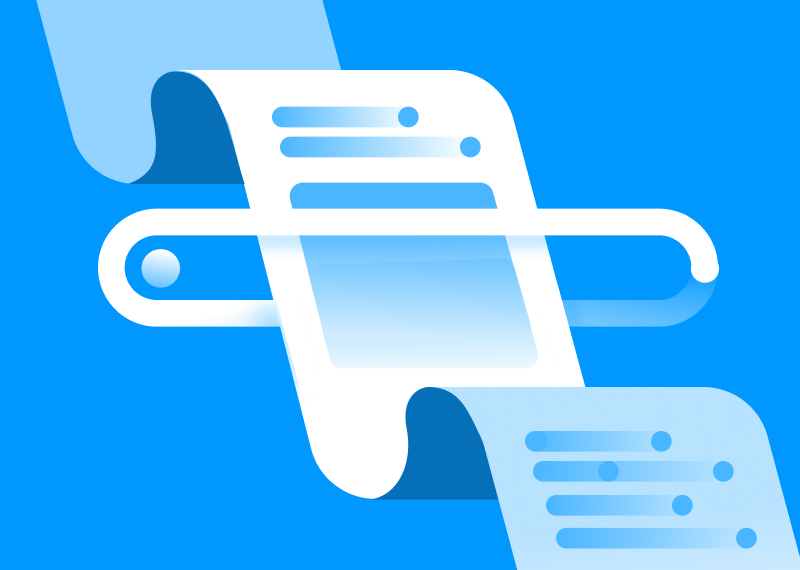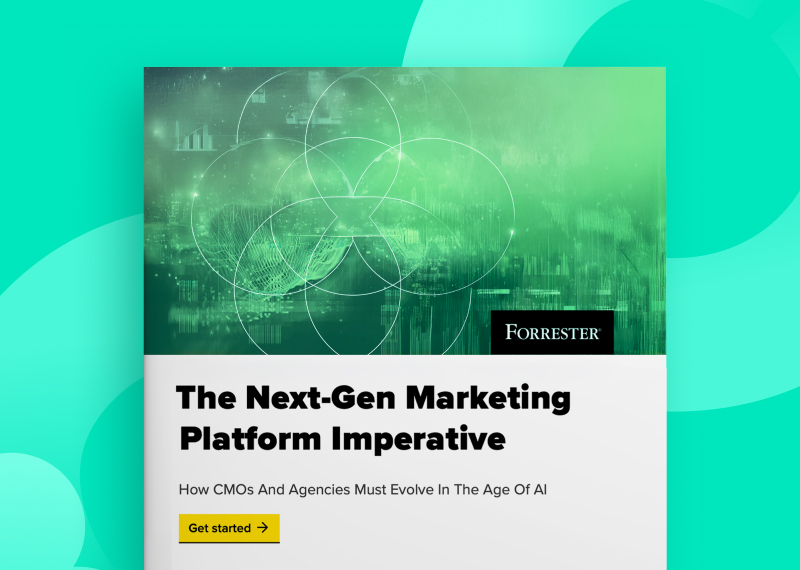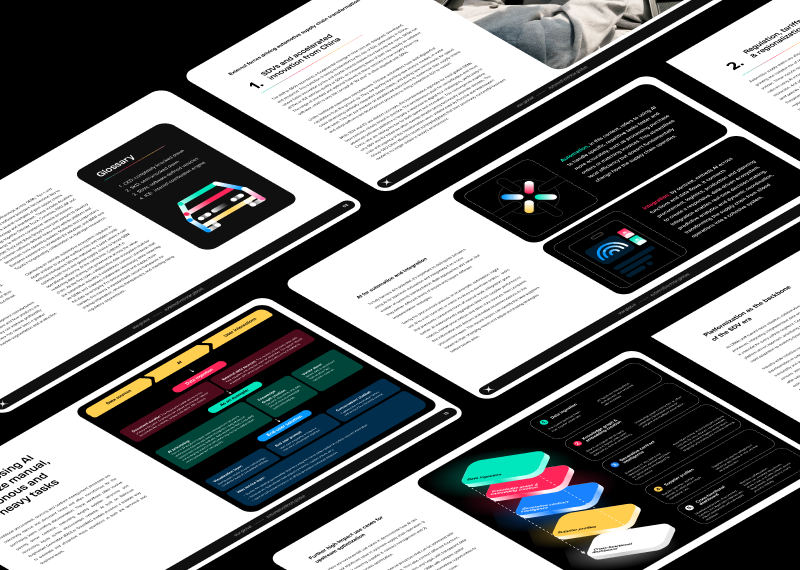The use of AI in research is already widespread. Academics are using AI tools to generate ideas, analyze large data sets, edit work and more. Essentially AI is increasingly taking on the role of research assistant, doing the mundane, time-consuming tasks across multiple disciplines. But how exactly does AI support research? And how can you be sure AI is being used ethically and fair?
In this article, we’ll explore how AI can improve every stage of the research process, while being mindful of the ethics involved. Whether you're an innovation manager, strategist or product owner, you'll discover how to incorporate AI across key research methods to drive smarter, insight-led innovation.
Why AI matters in research
Businesses today are under constant pressure to stay ahead. The competitive landscape is evolving faster than ever and key decision-makers have to continually seek out opportunities for differentiation. But identifying the right innovations to focus on is challenging — especially when customer needs, technology and societal trends are shifting rapidly.
This is where AI steps in. By augmenting traditional research methods with AI-powered tools, businesses can:
- Analyze vast amounts of data more efficiently
- Spot emerging trends and market signals early
- Simulate and test ideas before investing heavily
- Gain deeper insight into customer behaviors and unmet needs
- Accelerate time-to-market for high-impact innovations
AI matters in this context because it works on the repetitive and time-consuming work, leaving you to focus on strategy and results.
How AI supports every stage of the research process
There’s multiple ways AI can enhance various methods of research and innovation, helping organizations structure a scalable roadmap that aligns with both customer value and strategic business goals.
1. Desk research: Supercharged with AI
Desk research forms the backbone of innovation planning. It involves the review of trend reports, market insights and academic literature. AI-powered tools like natural language processing (NLP) and machine learning (ML) algorithms can analyze thousands of articles, blogs, patents, and reports in minutes.
What AI adds:
- Trend discovery platforms can cluster related developments and assess the momentum of various trends
- Text summarization tools synthesize long reports into key insights
- Sentiment analysis on industry news and social media reveals public perception of emerging technologies, concepts and news updates
AI for desk research allows businesses to identify macro-level shifts shaping society, as well as zoom in on geo-specific trends and emerging behaviors in target markets.
2. User research in specific markets
Understanding the customer is critical to innovation and market success. AI enhances user research by making it more scalable and insightful.
Applications of AI in user research:
- Voice-of-the-customer analytics uses AI to analyze transcripts from interviews or customer support channels
- Predictive models can anticipate user needs or segment behavior across demographics
- AI-driven surveys adjust in real-time based on user responses, capturing more relevant data
This ensures a deeper understanding of both current customer expectations and unmet needs, laying the foundation for value-driven ideation.
3. Stakeholder interviews
Interviewing market specialists and internal stakeholders yields valuable qualitative insight. AI transcription and analytics tools like Otter.ai or Fireflies can transcribe, summarize and extract key themes from hours of discussion.
AI tools help by:
- Identifying patterns across multiple interviews
- Highlighting divergent views or consensus areas
- Structuring data to inform decision-making workshops
This structured knowledge supports a better prioritization of ideas.
4. Innovation and technology scouting
Finding the right technologies to build on is a challenge. AI-assisted scouting platforms scan global startup databases, patent registries and academic journals to identify technologies with commercial potential.
AI can help:
- Match external technologies with internal use cases
- Score innovations based on criteria like feasibility, market fit and scalability
- Monitor competitors' R&D activities in real time
Essentially AI streamlines the tech discovery process and aligns it more closely with strategic objectives.
5. User testing
Once ideas are generated, reviewing and validating them quickly is paramount. AI tools can be used to assess ideas both qualitatively and quantitatively.
Examples include:
- Automated scoring systems that assess ideas based on user input or business impact
- A/B testing platforms with AI-based optimization
- Eye-tracking and emotion recognition during concept testing for deeper insight into user reactions
This facilitates data-driven decision-making about which ideas to pursue or pivot.
6. Hackathons & co-creation workshops
Co-creation is where innovation often takes shape. AI tools can support these sessions by capturing data in real-time, analyzing conversation threads and suggesting idea connections.
AI contributes by:
- Generating instant mood boards or prototypes based on inputs
- Summarizing workshop outcomes into actionable next steps
- Mapping ideas against business objectives and trends
This increases the productivity and impact of collaborative innovation formats.
7. Business modeling
Turning ideas into viable business models is a critical step. AI-powered financial modeling tools can forecast market size, revenue streams and break-even timelines with far greater accuracy.
How AI adds value:
- Scenario analysis to test different go-to-market strategies
- Competitor benchmarking using public data scraping
- Optimization engines to tweak pricing or cost structures for maximum ROI
This allows businesses to better align innovations with profitability and long-term growth.
8. Prototyping and concept validation
Finally, AI is changing how prototypes are developed and tested. From generative design tools to AI in UX testing, organizations can now simulate user interactions and identify bottlenecks without physical builds.
AI enables:
- Rapid digital prototyping using AI-generated design suggestions
- Simulated user journeys with predictive behavior analysis
- Automated feedback loops from remote usability testing
These capabilities drastically shorten the feedback cycle, allowing faster iteration and refinement.
The ethics of AI in research
AI sounds like a researcher’s dream, then. But it’s important to note, AI can’t be left to work on its own or be siloed from human stakeholders. Using AI for research isn't about replacing human insight — it's about enhancing it. AI can (and should) lift the mundane tasks, leaving stakeholders more time to focus on the bigger picture, but it can’t be left to exist on its own.
Sources need to be cited and all output needs to be vetted by human moderators. AI has been known to be biased, misinterpret source materials, plagarise and take from unverified sources — something you’ll need to monitor to ensure transparency and governance.
Ultimately it’s the businesses that combine human creativity with machine intelligence that will build a more resilient, insight-driven innovation process. By applying AI across desk research, user exploration, concept evaluation and business modeling, you'll be able to:
- Identify the highest-value opportunities
- Validate concepts with greater speed and accuracy
- Transition promising ideas into scalable solutions that meet both customer and business needs
AI is now an integral part of modern research. Tools enhance efficiency, enable deeper insights and support researchers at every stage. However, its use demands critical evaluation, ethical awareness and ongoing learning to maximize benefits and minimize risks.
Struggling where to begin with your AI governance strategy? Turn AI ethics into a competitive advantage with our guide to AI governance.







